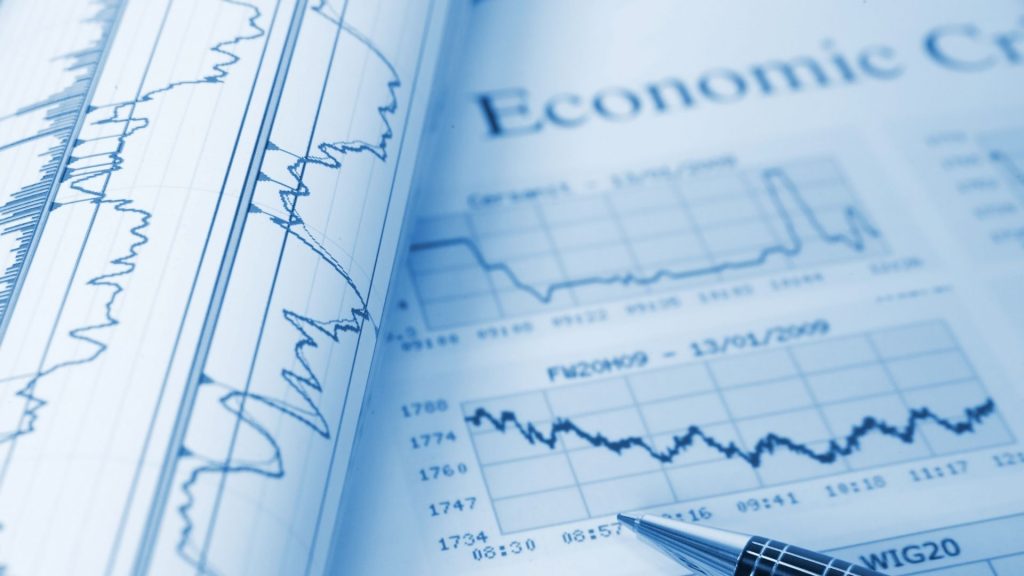Table of Contents
Principle 7 of economy is a compass that guides us through the intricate path of wealth creation, providing insights into the intricate interplay of variables that determine a nation’s economic fate.
In this article, we will navigate through the fundamental ideas encapsulated within principle, understanding how it shapes economic policies and influences the well-being of societies on a global scale.
What is Principle 7 of Microeconomics?
Principle 7 of microeconomics states that markets use the forces of supply and demand to allocate resources.
Supply refers to the quantity of goods or services that producers are willing to sell at a given price.
Demand refers to the quantity of goods or services that consumers are willing to buy at a given price.
The price of a good or service is determined by the intersection of supply and demand. When supply is greater than demand, the price will fall. When demand is greater than supply, the price will rise.
This process of price adjustment ensures that resources are allocated to the production of goods and services that are most desired by consumers.
How Markets Harness the Forces of Supply and Demand for Resource Allocation
Markets are a decentralized way of allocating resources. This means that there is no central planner who decides what goods and services to produce and how much to produce of each.
Instead, individual producers and consumers make their own decisions based on their own self-interest.
Producers will produce goods and services that they expect to be able to sell at a profit. Consumers will buy goods and services that they value more than the price they are willing to pay.
The forces of supply and demand work together to ensure that resources are allocated to the production of goods and services that are in highest demand.
If a good or service is not in demand, its price will fall, and producers will stop producing it. If a good or service is in high demand, its price will rise, and producers will produce more of it.
Markets are not always perfect. There can be information asymmetries, where producers have more information about a good or service than consumers.
There can also be externalities, where the production or consumption of a good or service affects people who are not directly involved in the transaction.
Despite these imperfections, markets are generally a more efficient way of allocating resources than central planning.
This is because markets are more responsive to the needs of consumers and because they allow for innovation and experimentation.
Market Structures and Resource Allocation
The principle 7 of economy has a market structure in some aspects.
Here is the explanation about the perfect competition, the monopolies, its imperfect competition and what things are impacted by those market structures.
Perfect Competition
Perfect competition is a theoretical market structure characterized by numerous firms selling identical products, free entry and exit of firms, perfect information available to all participants, and no barriers to entry or exit.
In this ideal setting, the forces of supply and demand determine the market price, and all firms are price takers, meaning they have no influence over the market price.
Under perfect competition, resource allocation is considered efficient because firms are motivated to produce the output level where marginal cost equals marginal revenue, ensuring that resources are used to produce the most desired goods and services for consumers.
Additionally, the low barriers to entry and exit promote competition, preventing any single firm from dominating the market and distorting resource allocation.
Monopoly
A monopoly is a market structure with a single firm selling a unique product, where there is no close substitute and there are barriers to entry.
The monopolist has significant control over the market price and output level, as it faces no competition.
In a monopoly, resource allocation is often considered inefficient due to the lack of competition.
The monopolist may restrict output to maintain higher prices, leading to underutilization of resources and reduced consumer welfare.
Additionally, the lack of competition may stifle innovation and product development.
Imperfect Competition
Imperfect competition encompasses market structures that do not exhibit the characteristics of perfect competition or monopoly. Examples include monopolistic competition, oligopoly, and monopsony.
In these structures, the forces of supply and demand still influence resource allocation, but the degree of efficiency varies depending on the specific market characteristics.
- Monopolistic competition is characterized by many firms selling differentiated products. Firms have some degree of market power, but they also face competition from other firms. Resource allocation in monopolistic competition is less efficient than in perfect competition, but it is more efficient than in monopoly.
- Oligopoly is characterized by a few firms selling a product. Firms have significant market power, and they can influence the market price. Resource allocation in oligopoly is less efficient than in perfect competition or monopolistic competition, but it is more efficient than in monopoly.
- Monopsony is a market structure with a single buyer of a product. The monopsonist has significant market power, and it can influence the price at which it buys the product. Resource allocation in a monopsony is less efficient than in other market structures, as the monopsonist can drive down the price of the product and reduce the incentive for firms to produce it.
Case Study: The Development of the Smartphone
In the early 2000s, smartphones were still a relatively new invention. They were expensive and had limited features.
However, as demand for smartphones grew, so did competition among technology companies to develop better and more affordable smartphones.
As a result of this competition, the price of smartphones fell dramatically, and the quality of smartphones increased significantly.
Today, smartphones are ubiquitous and affordable, and they offer a wide range of features and capabilities.
The development of the smartphone is a great example of how the forces of supply and demand can lead to innovation and efficiency.
Consumer demand for smartphones drove technology companies to develop better and more affordable products.
As a result, consumers now have access to a wide range of high-quality smartphones at competitive prices.
Principle 7 of economy is a powerful force in the technology sector. It drives technology companies to innovate and develop new products and services that meet the needs of consumers.
As a result, consumers have access to a wide range of high-quality technology products and services at competitive prices.
The forces of supply and demand are constantly interacting and evolving, and they play a vital role in shaping the global economy.
By understanding how these forces work, businesses and individuals can make better decisions about how to allocate their resources.
If you are interested in mastering the principles of economics and diving into the real world of business and finance, Hi-fella can help.
Hi-fella is a comprehensive online learning platform that offers a variety of courses and resources on a wide range of economic topics.






